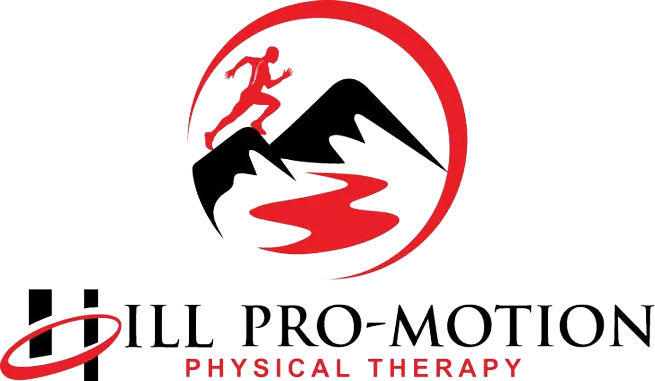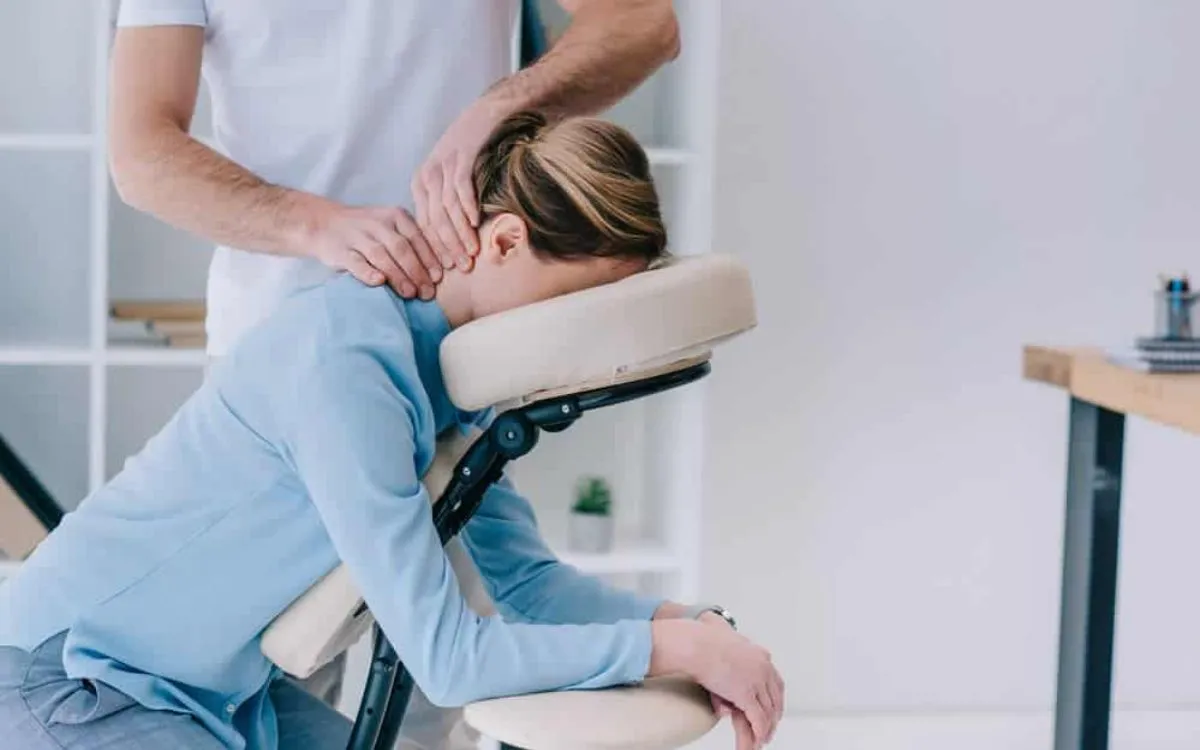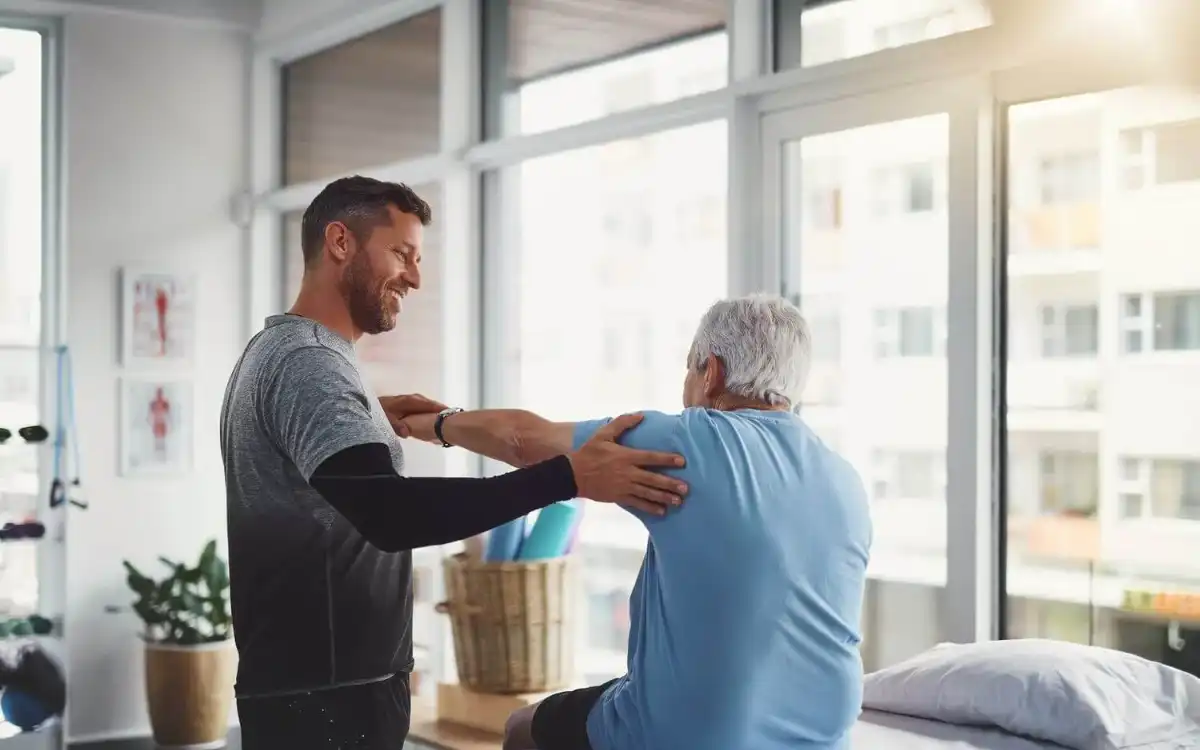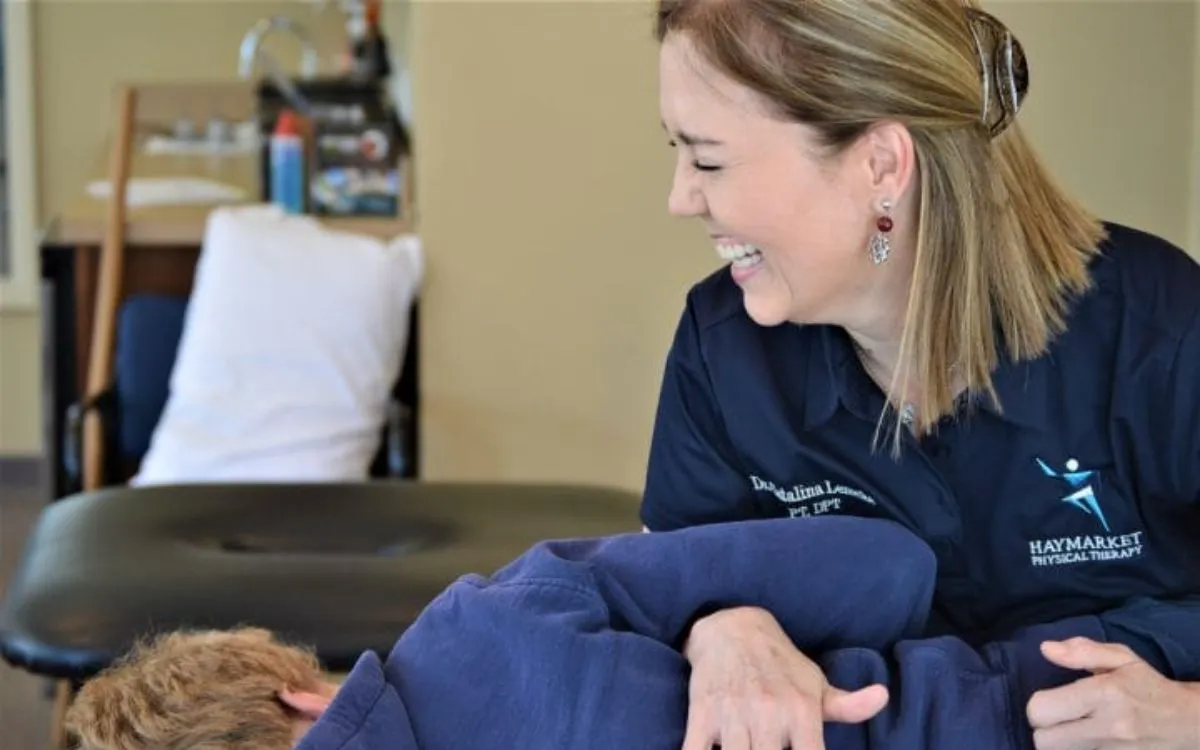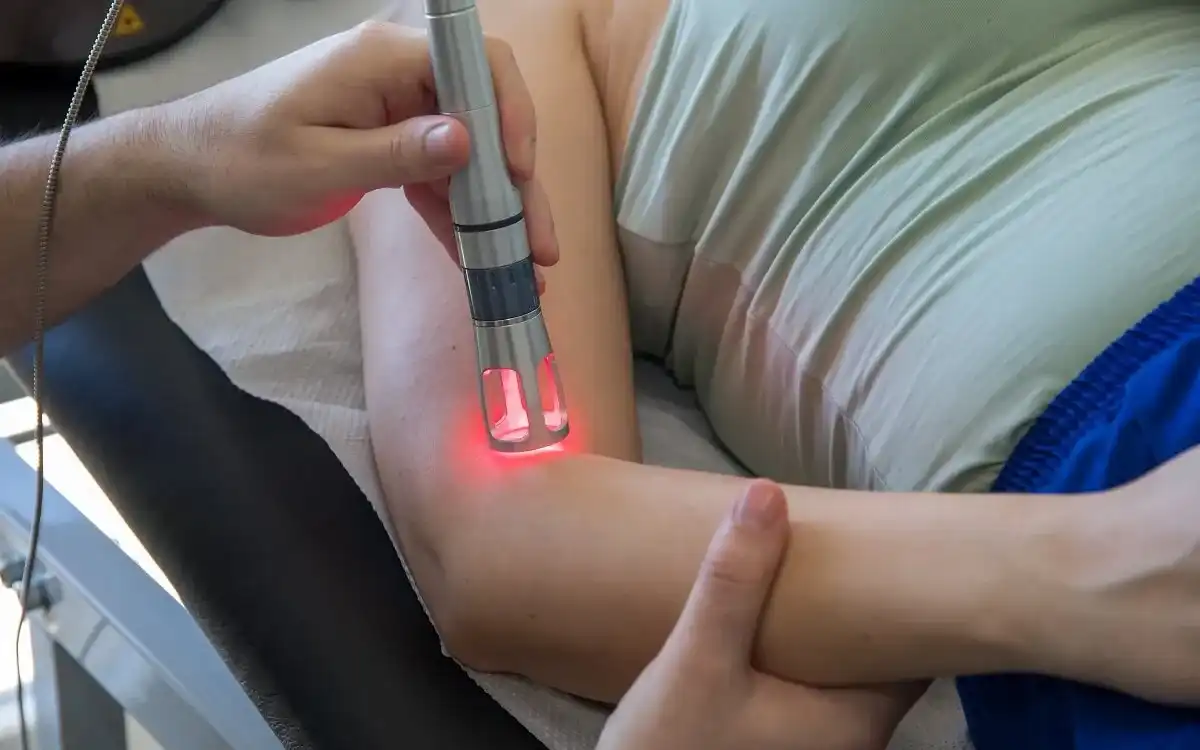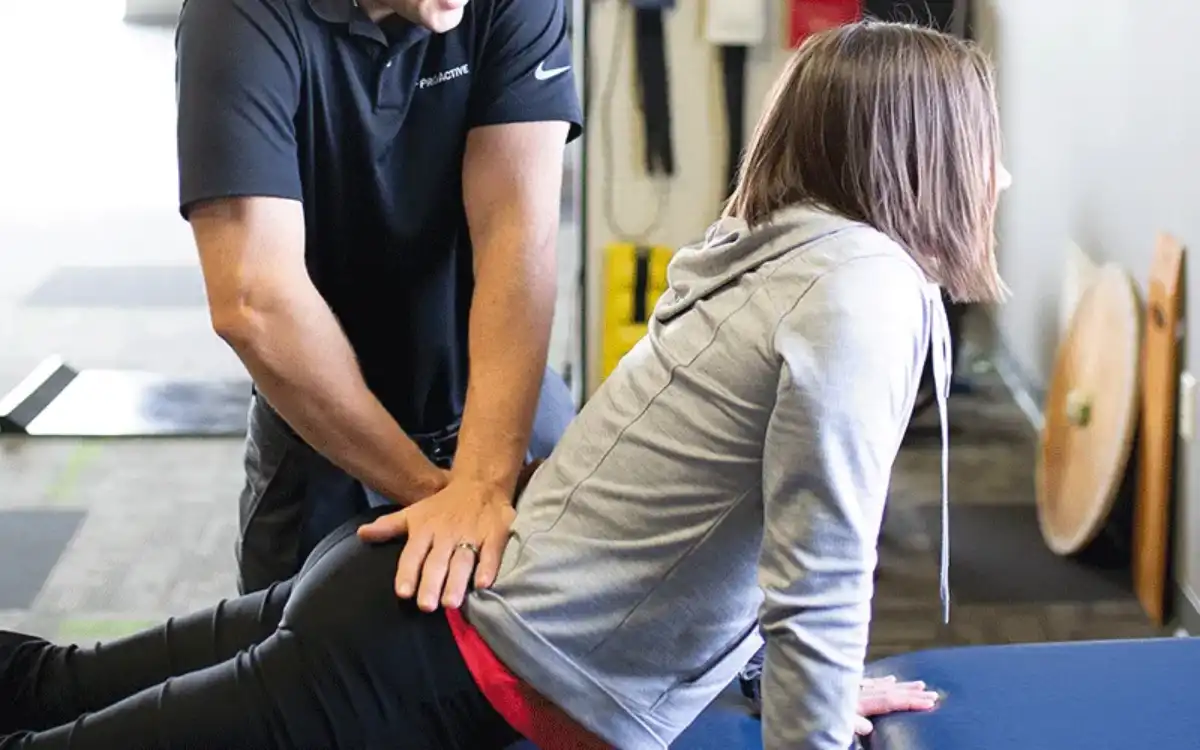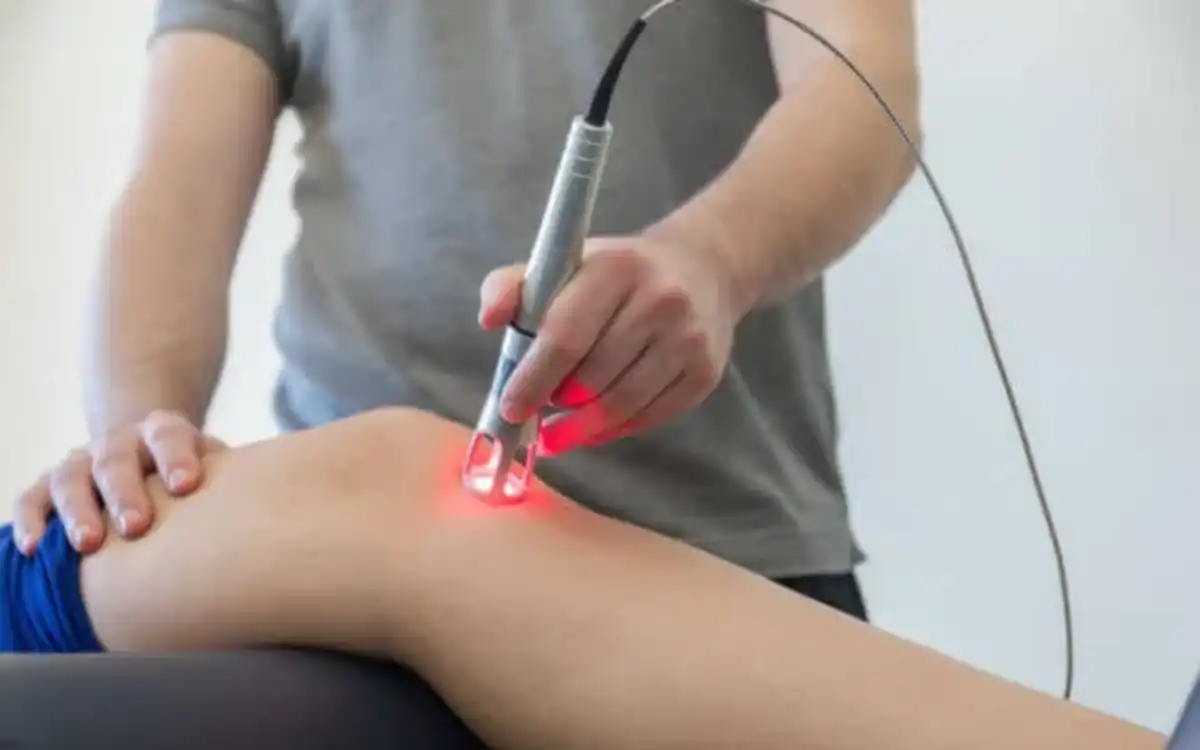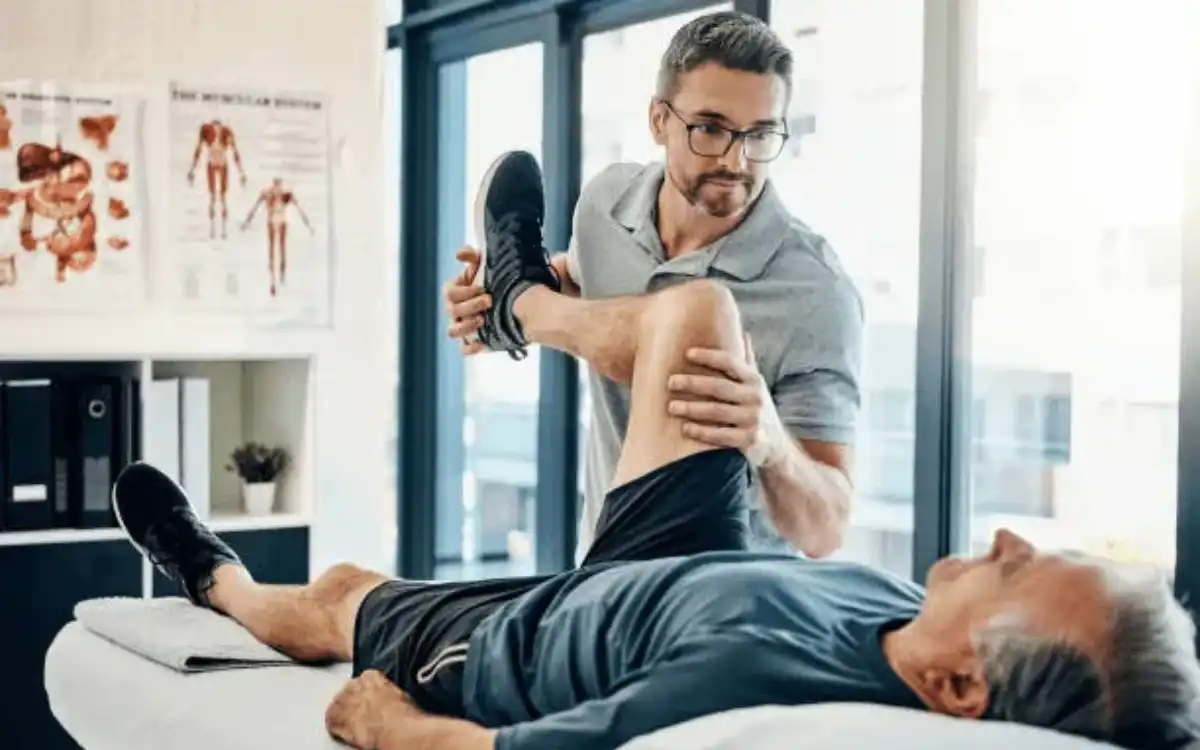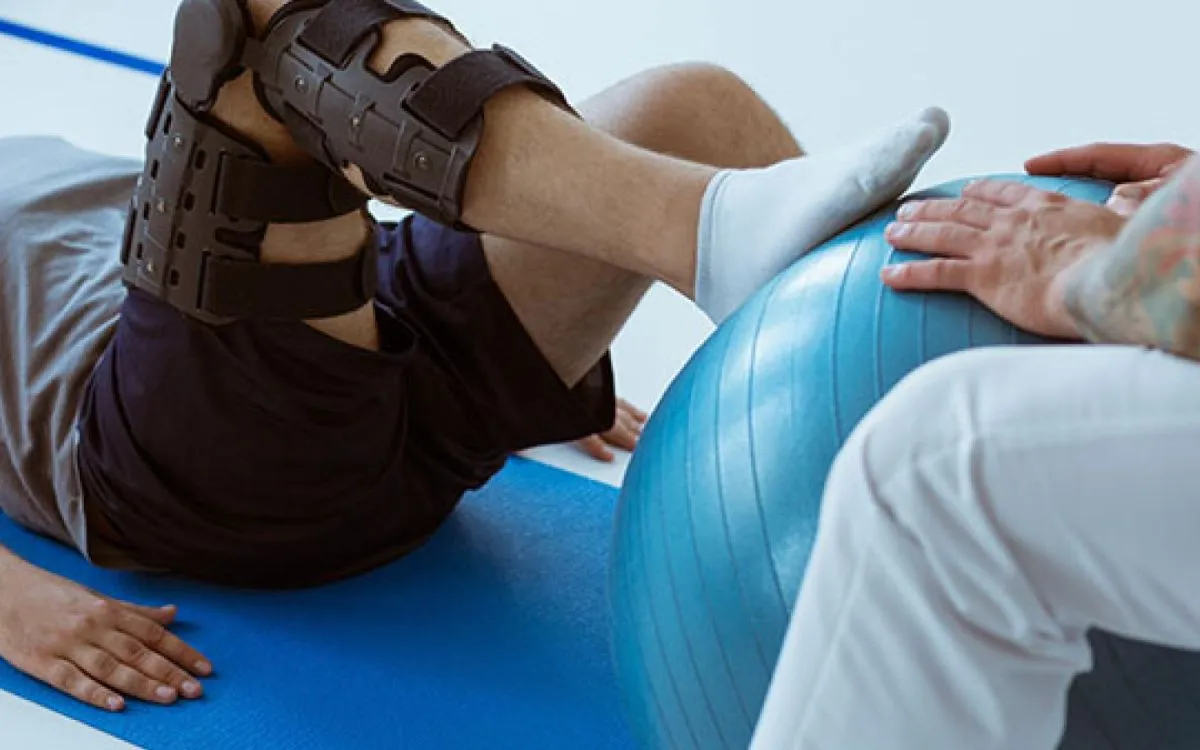OVERVIEW
Posterior Dislocation
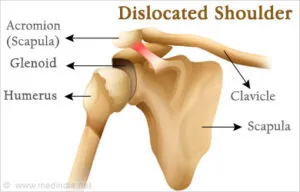
Dislocations where the arm moves in the opposite direction to the socket (called posterior dislocations) are rare (4%). Athletes involved in sports like baseball and tennis are more likely to experience posterior subluxation.
As stated above, sudden dislocation can be life-threatening. To ensure that there are no blood vessels or nerve damage to the arm, shoulder, or hand, the patient should immediately be taken to an emergency room. The emergency room physician will usually be able to move the arm so that the shoulder is reattached. Surgery is rarely necessary. Often, pain and muscle relaxant medication are prescribed. The pain can be reduced with ice. To strengthen the shoulder muscles, physical therapy is often started within two weeks of a dislocation.
TREATMENT
Possible Treatments
- Active Assistive Range of Motion
- Aerobic/Endurance Exercise
- Core Strengthening
- Cryotherapy or Cold Therapy
- Electrotherapeutic Modalities
- Isometric Exercise
- Proprioceptive Neuromuscular Facilitation (PNF)
- Proprioception Exercises
- Physical Agents
- Shoulder Active Range of Motion
- Shoulder Joint Mobilization
- Shoulder Passive Range of Motion
- Shoulder Resistive Range of Motion
GOALS
Possible Treatment Goals
- Decrease Risk of Reoccurrence
- Improve Fitness
- Improve Function
- Optimize Joint Alignment
- Improve Muscle Strength and Power
- Increase Oxygen to Tissues
- Improve Proprioception
- Improve Tolerance for Prolonged Activities
